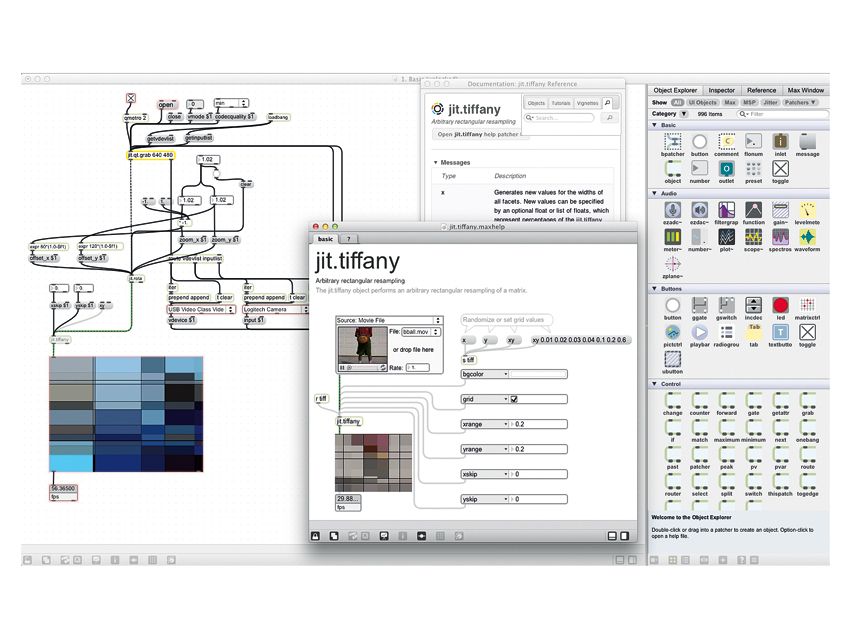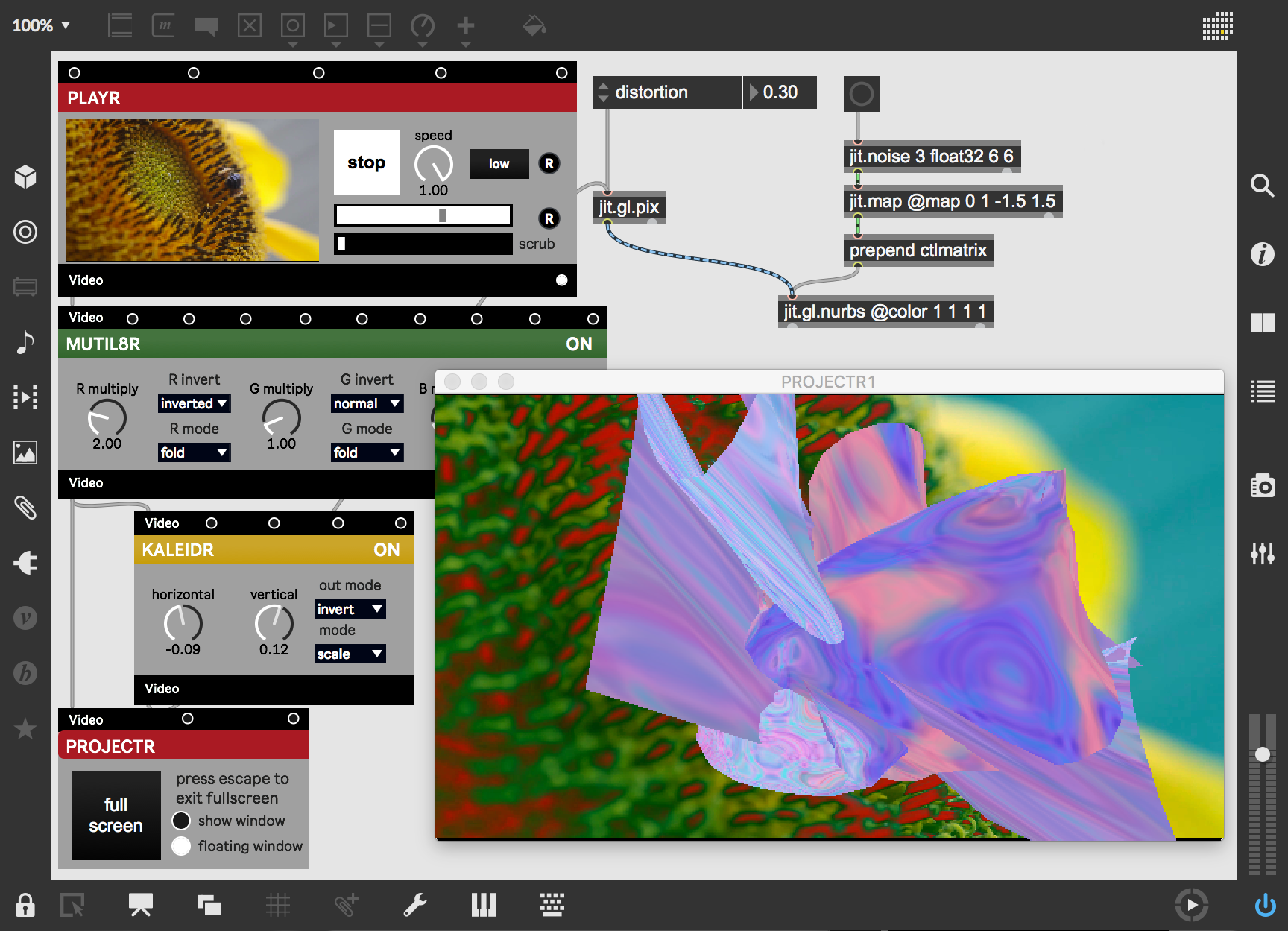Light housework (dishes) 2.1 7 Healthcare support (nursing) 2.8 10 Walking 5km/h 3.2 11 Heavy housework (washing floors) 3.3 12 Gardening (digging) 4.4 15 Fishing 4.5 16 Walking upstairs 4.7 16 Walking 7km/h 5.3 19 Cycling 20km/h 7.1 25 Backpacking 6.4km/h, 5% slope, 20kg 8 28 Running 9km/h 8.8 31 Cycling 30km/h 9.8 34. In high energy physics, hbar (Planck's constant divided by 2 pi) = c (speed of light) = 1 and everything (masses and energies) are measured in eV (electron volts), generally MeV. No one would give the mass of a electron in grams, it's 0.511 MeV. In relativity, G (Newton's gravitational constant) = c = 1 and the mass of the sun is about 1.
In this group of tutorials, we'll look at different strategies for integrating MIDI control into MSP patchers. Commercial hardware synthesizers and samplers typically implement MIDI in some form or another in fairly standardized ways; software systems that mimic these devices (such as Max patches) can use all the same routing and mapping systems to successfully control our sound-producing systems with MIDI controllers.
A review of the tutorials that cover MIDI objects in Max may be useful before reading these tutorials.
MIDI, Redux
The MIDI standard was developed to enable the control of electronic music devices through the use of a simple serial communications standard that would be easy to implement on any platform and could be used by anyone. As music performance equipment has evolved in the 25 years since, MIDI has remained a standard-issue interface protocol for nearly all music-making equipment, whether we're talking about hardware or software. Whether you're interested in routing a keyboard, slider box, or software sequencer in Max, you need to deal with translating MIDI messages into numbers that make sense for MSP.
Our patcher uses frequency modulation synthesis as we looked at earlier in the tutorials, with the addition of a circuit that provides vibrato to the main frequency of the synthesizer. The cycle~ object labeled Vibrato rate is scaled by the Vibrato depth control to oscillate the main frequency (the output of the line~ object on the right of the patcher. Unlike a vibrato circuit which adds the output of a modulating oscillator to a constant frequency, this patcher logic multiplies the constant frequency by the output of the oscillator treated as an exponent by the pow~ object. A vibrato depth of 1, therefore, has the equivalent of turning off the vibrato (raising 1 to any power yields 1, which leaves our main frequency untouched). A depth of 2 scales the cycle~ object to the range of 0.5 to 2.0, scaling the main frequency up and down by an octave.
The Octave bend value on the left allows us to use a value as a frequency multiplier in a range where each unit of value transposes the pitch by an octave. Like the vibrato circuit, it uses an exponential scaling logic; a value of 0. as the bend amount raises 2 to the power of 0., yielding a multiplier of 1. for the frequency. An octave bend of 1. yields a multiple of 2.; a bend of -1. yields a multiple of 0.5.
Scaling MIDI for signal control
Micro snitch 1 2. The Max ctlin object transmits our controller through the slider object in the patcher and from there through a scale object. The gate object allows us to route the controller to different destination number boxes in the patcher. Notice that, with the default scaling, our MIDI number range (0 to 127) maps to a floating-point value between 0. and 1.
When working with MIDI messages, the general rule of thumb is that they transmit integers which are typically in the range of 0 to 127. While these values make sense within the MIDI domain, when applied to signal values these ranges are usually wrong. When we want to control an oscillator, we need to think in terms of frequency (cycles per second or Hz), not the pitch that MIDI note numbers refer to. When thinking about amplitude, we might want these numbers scaled between 0. and 1. to control the output of a *~ object. The scale object is an important utility object in Max for performing these calculations.
Using the settings controlled by this preset, we can take a MIDI controller and use it to give us an octave bend range of two octaves. Setting the controller to its lowest value will leave our FM synthesizer untransposed. Moving it all the way up will cause the frequency to output two octaves higher, at 880 Hz.
The scale object can map any range to any other range, including negative values. Now our controller leaves the synthesizer untransposed in the middle of its range; moving it downwards and upwards gives us two octaves of shift in either direction.
- Octave Pitch Bend. The controller outputs values from 0. to 2.
- Vibrato Rate. The controller outputs values from 2. to 0., inverting the scaling so that it runs from high to low.
- Vibrato Depth. The controller scales its input to run from 1. to 100.
- Modulation Index. The MIDI gets scaled from 0. to 20.
- Amplitude. The MIDI goes from 0. to 1. with an exponential scaling factor of 1.06. Using this value means that upper values of the MIDI range control a wider part of the mapping than lower values.
Notice that different MSP parameters in our patch require different scalings, none of which directly correspond to the default values of MIDI controllers.
When dealing with pitch in MIDI values, a utility Max object called mtof allows us to convert directly to frequency. The stripnote object in this patch is necessary to prevent double-triggering of values due to the note-off events generated by the keyboard. Notice that because our MSP synth in this patch is monophonic, only one note can be sounded at a time.
Summary
Working with MIDI controllers within the Max environment is extremely simple. Using these values with MSP patches requires an understanding of how to map the MIDI values appropriately for the different parameters of a digital signal network. The Max scale and mtof objects are incredibly useful for performing this function, and allow you to map MIDI input into appropriate ranges for any number of applications.
See Also
| Name | Description |
|---|---|
| scale | |
| mtof |
The average bike speed varies immensely depending upon total distance/duration, grade, and level of cyclist. The table below represents the average road bike speed taking each variable in to account. How do you compare to the pro cyclist? How about the average cyclist?
| Average Cyclist | Pro Cyclist | |
| Average Bike Speed on Flat Terrain | 18 mph | 26 mph |
| Average Bike Speed up an 5% hill | 9.5 mph | 15 mph |
| Average Bike Speed up an 8% hill | 7 mph | 12 mph |
| Fastest Downhill Bike Speeds | 47 – 57 mph | 69 – 81 mph |
| Average sustainable watts for 1 hour (FTP) | 200 watts | 415 watts |
| 5 second Sprint | 33mph/700 watts | 40mph/1250 watts |
| Tour De France Average Speed | N/A | 25mph (average of the 3 weeks) |
| Average Time of a Gran Fondo/Century (100 miles) | 5.5 hours | Under 4 hours |
Average Bike Speed on Flat Terrain
The number one key to being fast on flat terrain is pure power. Generally larger riders will do quite well on the flats as their pure power will outweigh the larger frontal area they have to push through the air.
Average Bike Speed Uphill
This is where the smaller riders will have an unfair advantage as the secret to climbing uphill is the power to weight ratio. The less you weigh the less power you have to generate to get up the hill within the same amount of time.
Example:
A 150 pound rider pushing 200 watts will go 10 miles per hour up a 5% grade.
A 200 pound rider pushing 200 watts will go 8 miles per hour up a 5% grade.
In order for the 200 pound rider to go as fast as the 150 pound rider up a 5% grade the 200 pound rider will have to push 255 watts.
It is true that the larger riders generally have more muscle mass and can generate more power, but the advantage is the smaller riders. This is why pure climbers generally weigh less.
Road Bike Top Speed
Generally the top speed of a road bike is in direct correlation with how much risk the rider is comfortable taking on. On straight, slight downhill grades the heavier cyclist should outpace the lighter cyclist; however, on steep descents with sharp corners, it comes down to bike handling skills and comfort with risk.
Tour De France Average Speed
Since the year 2000 the Tour De France average speed for the winning time has been around 25 miles per hour (40 km/hr) over the 3 week stage race. The fastest was in 2005 by Lance Armstrong (if you count that) with an average bike speed of 25.88 miles per hour (41.65km/h).

Average Speed of a Gran Fondo or Century (100 miles)
Cycling 74 Max 8 1 06 6
The average speed of a Gran Fondo or a Century is very dependant on how hilly the terrain is. Assuming there is a moderate amount of climbing (1500 meters) and drafting is an option then for an average amateur cyclist it will take 5.5 – 6.5 hours to complete the 100 mile long journey.
737 Max 8

Average Speed of a Gran Fondo or Century (100 miles)
Cycling 74 Max 8 1 06 6
The average speed of a Gran Fondo or a Century is very dependant on how hilly the terrain is. Assuming there is a moderate amount of climbing (1500 meters) and drafting is an option then for an average amateur cyclist it will take 5.5 – 6.5 hours to complete the 100 mile long journey.
737 Max 8
What is your average cycling speed? How long does it take you to complete these feats?

